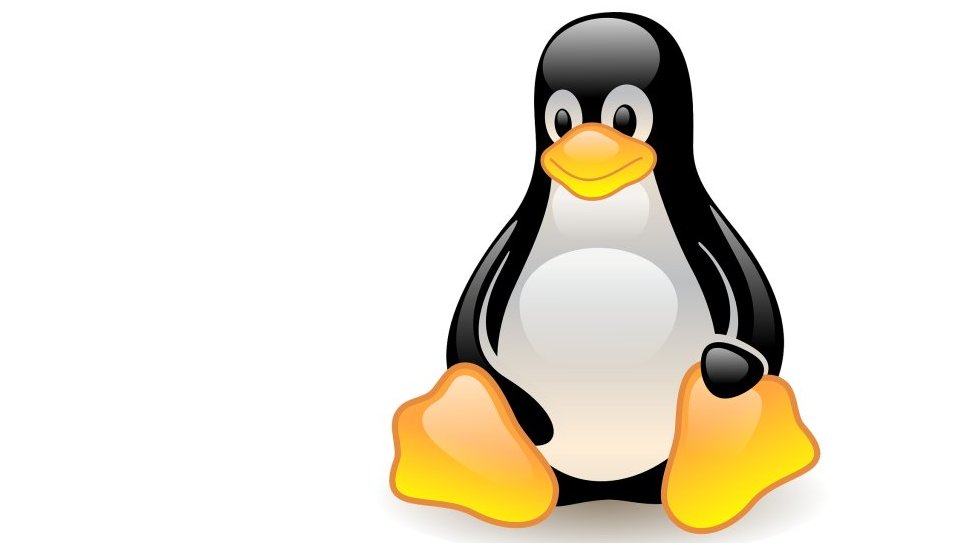A comprehensive history of the PC
A detailed look at the emergence and evolution of the personal computer
The open source age
In January 2007, Windows Vista was released, it was designed to be more secure with an updated GUI using effects like window translucency, but it was savaged by the press. Windows Vista had bad backwards compatibility, long load times, driver issues and a stream of invasive warning messages.
Windows 7 arrived in July 2009. Based on the same platform as Vista, it refined the codebase, bringing performance improvements, improved stability and a sensible interface.
Windows 7 would become the fastest selling OS in history, and around a third of PCs still use it. This, despite Microsoft ending support for the venerable OS at the start of 2020.
In July 2012, Google’s Chrome browser overtook Internet Explorer in usage share, and by April 2013 both Chrome and Firefox had a greater share of users than Internet Explorer, ending Microsoft’s dominance of the browser market.
In October 2012, Windows 8 was released. Despite Microsoft’s attempts to innovate, Windows 8 was critically savaged. Because mobile devices were overtaking traditional desktops, Windows 8 tried to have more of a “touch” interface, removing the “Start” button, and switching to a tile-based design.
The result was dreadful. Windows 8.1 addressed many of its criticisms, chiefly by bringing back the “Start” button and enabling users to boot a traditional desktop. But again, the damage was done. While Windows 7 is still in wide use, Windows 8 is almost forgotten.

Taking Microsoft through to the end of the decade Windows 10 was released July 2015 to a mixed reception. A more functional interface blended Windows 7’s traditional GUI and Windows 8’s tile system, and Windows finally has virtual desktops – something that’s been a part of Linux for decades.
Are you a pro? Subscribe to our newsletter
Sign up to the TechRadar Pro newsletter to get all the top news, opinion, features and guidance your business needs to succeed!
On the downside, forced system updates infuriate users, the Start menu is advert-bloated, there’s a worrying amount of data collection and the Microsoft Store undermines the open nature of the PC platform.
Even so, Microsoft still dominates the consumer PC, but is no longer a monopoly. Apple has spent most of the decade wealthier than Microsoft. Linux has crept into everything from DVD players to the world’s supercomputers and a 3% desktop share.
Microsoft has gone from calling Linux “a cancer” to proclaiming “Microsoft loves Linux,” shipping Windows with a Linux kernel, and running its own Azure Sphere Linux distribution, basing its Edge browser on the Chromium project and releasing various projects as open source.
To focus on the PC, it isn’t the dominant format that it once was. IBM has long since left the market it created, and wisely so. Computing is more varied and takes many forms, from iPads to smartphones, from Chromebooks to weird Android devices that no one can categorise without consulting a dictionary.
Computing has returned to a level of diversity similar to that of the 80s, but the PC no longer has the same supremacy – and nor do the giants that established it, such as IBM, Intel and Microsoft.